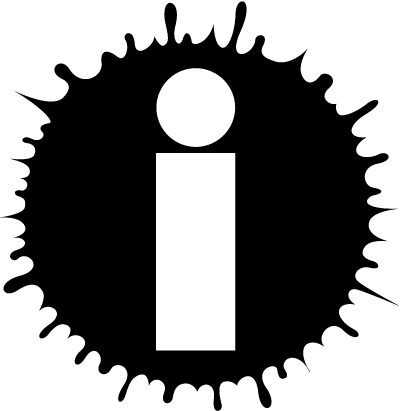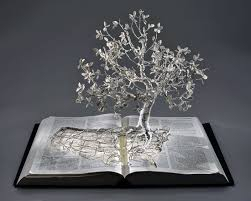|
About This Author
Hi there!
I'm a grandmother, a nursing educator, an avid knitter and an aspiring writer. I created this page for family and friends who expressed interest in reading my writing. It is mostly poetry with a few short stories sprinkled here and there .
The poem on this page is one my Mom favored. The collectible trinket is from a needlework picture of Longfellow's home she completed. Mom loved poetry and was an avid reader. She and my brother, Rasputin   , inspire me still.
I have a published form modification called the Rondel Grand Modified; it is located here:
http://www.poetrymagnumopus.com/forums/topic/2842-invented-forms-found-only-at-w...
Drop me a note by clicking on the "Contact Me" link above and let me know you stopped to visit.
Happy reading and write on! |
Children's Reading Hour Shall I start another book
Of poetry in our story nook?
Where children listen to hear
Poems crafted for their ears,
And crane their necks to look.
Bright inquisitive eyes all gaze
At the story teller, quite amazed.
Sitting in rapt listening silence.
Shall I start another?
Perhaps a child or two will offer to read
Our next chosen poem or story lead
To entertain this young attentive group.
Some kneeling, a few sitting, on a stoop;
“Pick me”, young volunteers plead.
Shall I start another?
Form Information ▼
The rondeau form is 15 lines arranged in a quintet, quatrain, and sestet. The last few words of the first line act as a refrain in lines 9 and 15. These refrain lines for not rhyme, but repeating the fragment seems to imply the rest of the line, including the rhyme. The rhyme, therefore, acts invisibly.
The rondeau’s usual rhyme scheme is aabba, aabRefrain, aabbaRefrain. An eight-syllable line is traditional. (pg.357-358)
Mayes, Francis. 1987. The Discovery of Poetry. 2nd Edition. Fort Worth, TX: Harcourt Brace.
|
© Copyright 2016 tucknits (tucknits at Writing.Com).
All rights reserved.
InkSpot.Com, its affiliates and syndicates have been granted non-exclusive rights to display this work.
|

